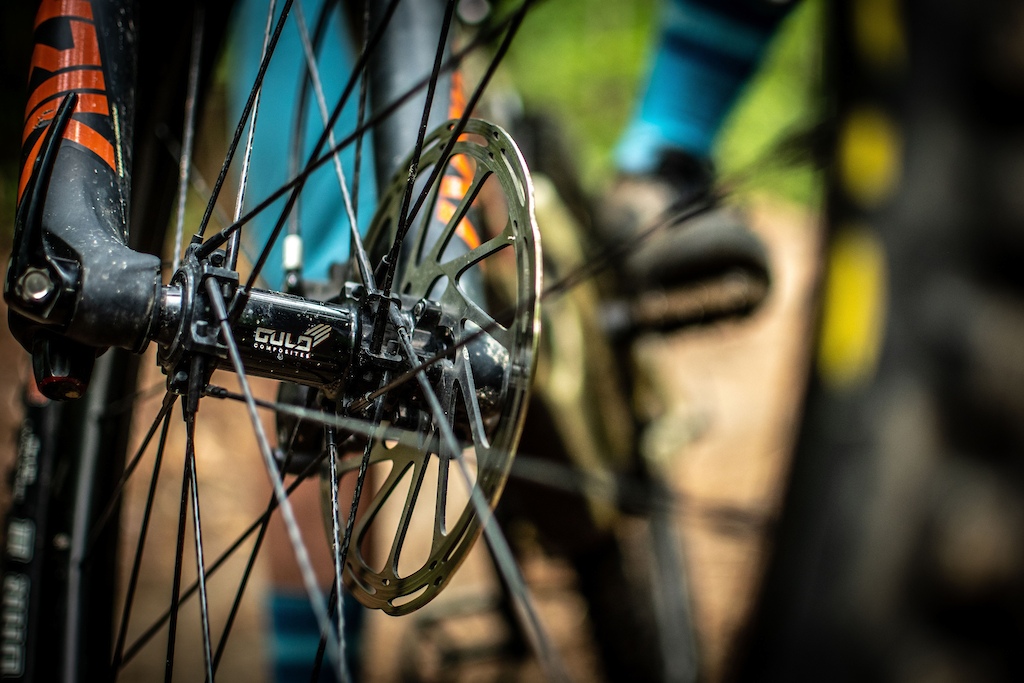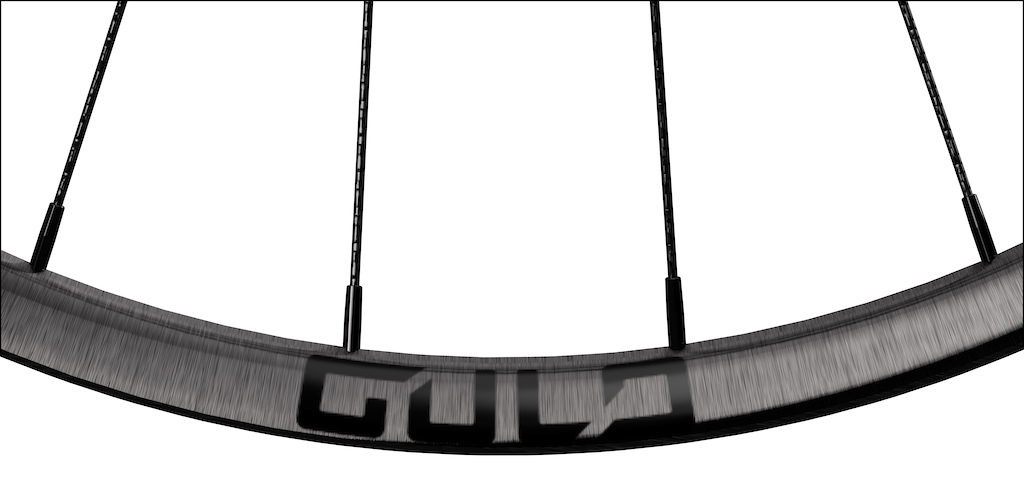Gulo Composites Releases 'Triaxially Braided' Carbon G1 Spokes
PRESS RELEASE: Gulo Composites
Cutting edge technology combined with precise engineering, and hundreds of testing hours, the G1 Spoke was born. It is lightweight, impact-resistant and revolutionary in its design. We are no longer pushing the limits; we are creating new ones.
The Gulo Integrated System spoke is a triaxially braided composite, consisting of a blend of uniquely chosen materials for specific purposes. In the development of this spoke, two main goals were at the forefront: lightweight and impact resistance. The G1 spoke was formulated to absorb massive impacts without failing.
At the same time, it will retain tension much better and for much longer than traditional steel spokes at 40% of their mass. Hundreds of different spoke designs were manufactured and tested, and at the end of its development cycle, the G1 spoke remains one of the lightest spokes ever produced while achieving exceptional impact resistance.
Gulo G1 Spoke
The G1 spoke starts out as multiple reels of fiber on in-house triaxial braiding machines. The types of fiber, orientation, fill content, and braid angles were all carefully evaluated then selected for specific attributes that contribute to the strength, resiliency, and ride quality of the G1 spoke. The finished spoke body is an exceptional example of design and functionality, from the highest quality molds of exacting tolerances to the custom resin system and curing cycle.
Gulo Ferrules, Hubs and Rims
The G1 spoke is not complete until fitted with aerospace-grade aluminum ferrules. The ferrules went through many renditions before they became the perfect balance of strength, weight, simplicity, and clean aesthetics that they are today. They serve to finish the G1 spoke into a clean and easy-to-build package.
The Gulo ETI (Easy Thread Interface) hubs serve as a platform for building their advanced wheel systems. The hubs feature a patented anti-bite freehub body, alternating 6 pawl drivers, and high-quality steel bearings. The hub shells are machined to extreme tolerances from super light 7075 aluminum alloy.
The final piece of the Gulo integrated wheel system is their molded rims which are constructed with a blend of premium Japanese Toray T700 and T800 carbon fiber. Straight out of the mold, the rims are in a finished state with a new permanent decal cured in place that will not peel chip or scratch like traditional sticker decals.
Gulo Composites builds road, gravel, and mountain wheelsets. Their PNF Series offers three different mountain bike wheel systems: GMX-25, , GMD-27 and GME-30.
Visit Gulocomposites.com to learn more.
Visit Gulocomposites.com to learn more.
Author Info:
Must Read This Week
Sign Up for the Pinkbike Newsletter - All the Biggest, Most Interesting Stories in your Inbox
PB Newsletter Signup








Then again I can't afford uber wheels like this. Carry on.
While I think this kind of technology advancement is impressive, it would seem that quality steel j bend spokes still cannot be beat for strength to weight. Some things are best left unchanged.
But I am with you in that I prefer J-bend spokes for now. Cheaper and easier to get. Straight-pull spokes don't solve any problem I've ever experienced.